Tags: Earth
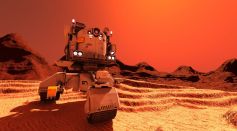
NASA Human Mission to Mars Due to Belief That Red Planet Is Habitable Like Earth, May Not Be Achievable Before 2035
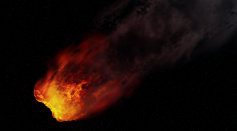
Asteroid Heading Towards Earth Measures Twice the Size of Football Field, NASA Says

NASA Satellite Shows How Hunga Tonga Volcanic Eruption Released Water to Stratosphere; Trapped Vapor in Atmosphere Warms the Earth

10-Foot Slab of Space Junk Believed From a SpaceX Flight Crashed in Australia; Should Humans Worry About Falling Debris?

NASA Lunar Reconnaissance Orbiter Spots the Most Comfortable Place on the Moon; Will It Be Habitable Like Earth?

Climate Change Causes Mass Extinctions: Humans, Animals, Plants Species May Have Shorter Time to Adapt

Solar Flare Warning: NASA Says Geomagnetic Storm From Sun May Weaken Power Grids on Earth Again on Wednesday

Earth's Rotation Is Faster Than Usual, Leading to the Shortest Day Recorded
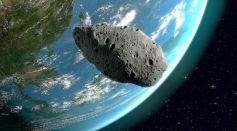
Asteroid Has Nutrients Making It Possible to Plant and Grow Crops Outside Planet Earth, New Research Says

Will the Long March 5 Rocket Space Debris From China Destruct the Earth?

2 Building-Sized Asteroids Will Make a Close Approach Toward Earth This Weekend
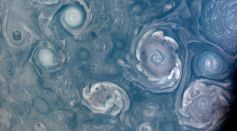
NASA Shares Breathtaking Photo of Vortices Near Jupiter’s North Pole From Juno Mission [LOOK]

China Responds to US Concerns About Tiangong Space Station Rocket Debris Uncontrollable Reentry Into Earth

Canyon Diablo Meteorite that Slammed Earth 50,000 Years Ago Features a Different Diamond Crystal that Can Improve Electronics
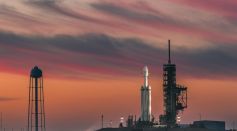
Debris From China’s Tiangong Space Station Rocket Predicted to Fall Back to Earth on July 31, Experts Say
Ancient Hawai’ian Lava Caves Home to Various Microbes Harboring Toxic Materials, Gases
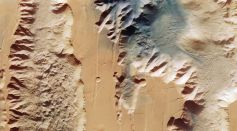
Tithonium Chasma, Valles Marineris: European Space Agency's Mars Express Discovers Red Planet's Earth Version of Grand Canyon

Tyrannosaurus Rex Dinosaur May Have Walked Through Cold Arctic Region on Earth After Surviving Harsh Winter [Study]
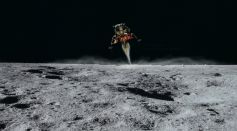
World Map of Hydrogen Abundance Enables Scientists to Understand the Origin of the Moon
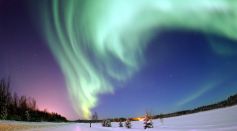
Northern Lights Are Dancing in Northern US as NOAA Warns About Solar Storm Hitting Earth Again This Week
Most Popular

Will Earth's Magnetic Poles Flip Next? Magnetic Pole Reversal Explained Through Cutting‑Edge Magnetosphere Science

Relativity Time Dilation Explained: The Physics of Time and Why It Moves Differently in Space

How Lightning Science Reveals Why Charged Storms Are Rising with Global Warming Effects

De-Extinction vs. Conservation Science: Which Approach Protects Biodiversity Most Effectively?





